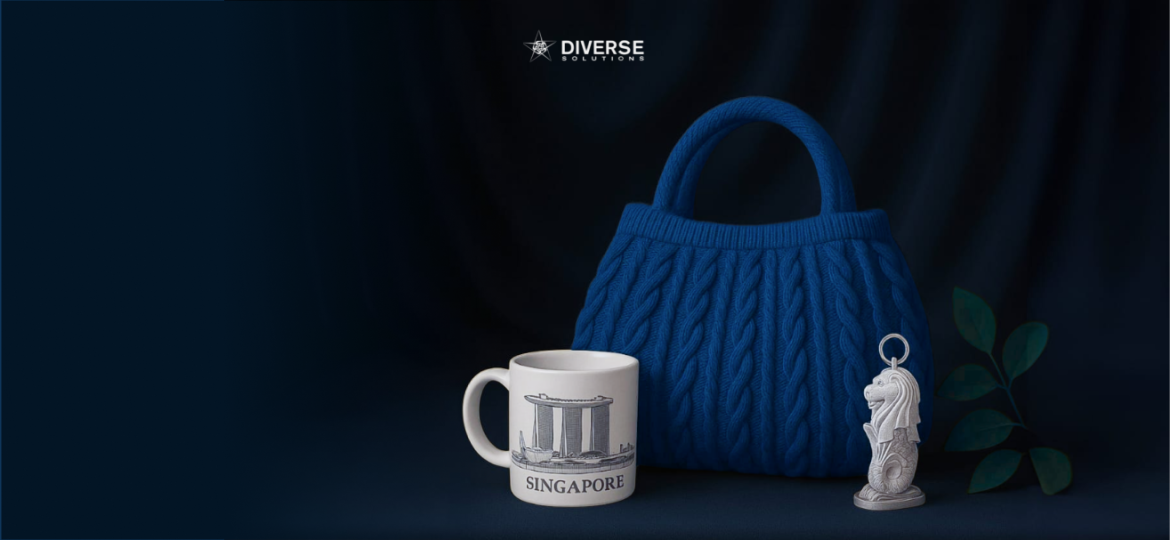
In the age of social media, digital tourism campaigns, and experiential travel, destination branding has become more nuanced and competitive. Yet one surprisingly enduring—and powerful—tool continues to shape perceptions and strengthen emotional ties with places: quality souvenirs.
Far beyond trinkets and postcards, well-crafted souvenirs play a critical role in how travelers remember and talk about their experiences. In fact, research and real-world case studies show that souvenirs can influence brand identity, traveler loyalty, and even national image.
The Psychology Behind Quality Souvenirs
According to a study published in the Journal of Travel Research, souvenirs act as tangible memory cues, reinforcing emotional experiences tied to a location. They help tourists “take a piece of the place home,” extending their connection with the destination beyond the trip itself.
Souvenirs also serve as social tokens. When shared with others—friends, family, colleagues—they become subtle forms of storytelling and word-of-mouth promotion, both of which are essential to destination branding.
Souvenirs as Brand Ambassadors
Just as logos and slogans define visual identity, quality souvenirs define emotional identity. A handwoven textile, a locally crafted spice blend, or a sustainably made tote bag carries not only the region’s aesthetic but its values, culture, and craftsmanship.
A 2020 report by the World Tourism Organization (UNWTO) emphasized that authentic, high-quality souvenirs contribute to:
- Sustained cultural tourism
- Local economic empowerment
- Positive brand differentiation for destinations
In other words, they become ambassadors of the place, long after the plane ride home.
Case Studies: Souvenirs and Successful Destination Branding
Japan’s Omiyage Culture
In Japan, “omiyage” (gift-giving) is a well-established custom. Specialty foods and region-specific crafts are so deeply rooted in travel culture that they not only reflect the destination but also encourage repeat visits. Prefectures compete to create distinctive, high-quality omiyage that serve as powerful regional brand identifiers.
New Zealand’s Māori-Inspired Products
New Zealand has embraced indigenous culture as a core part of its brand. Souvenirs inspired by Māori motifs and traditions—created in collaboration with local communities—strengthen its image as a culturally respectful and uniquely natural destination.
Singapore’s Cultural Souvenir Evolution
In Singapore, tourism authorities have moved beyond Merlion keychains. Initiatives like Design Orchard promote high-quality, locally designed products, including sustainable fashion and art pieces, that appeal to modern travelers seeking authenticity and design value.
The Economic and Cultural Value of Quality SOUVENIRS
When tourists purchase cheap, mass-produced items that could come from any airport kiosk in the world, the opportunity for cultural storytelling is lost. High-quality souvenirs:
- Reflect local identity and pride
- Support local artisans and SMEs
- Create longer-lasting impressions and conversations
- Reduce environmental impact when sourced sustainably
As Harvard Business Review points out in its article on emotional branding, products that evoke strong emotional connections lead to significantly higher customer loyalty and advocacy. Quality souvenirs meet this need by connecting the emotional highs of travel with a physical artifact.
What Makes a Souvenir Effective for Branding?
- Authenticity: Must be rooted in the culture, history, or natural environment of the destination.
- Quality Craftsmanship: Reflects the care and pride of the community.
- Storytelling Element: Should have a narrative—about the maker, material, or tradition.
- Sustainability: Increasingly important to modern travelers, especially Millennials and Gen Z.
- Functional or Display-worthy: Usability adds value and increases brand exposure.
How Destinations Can Leverage This
Tourism boards, local governments, and creative agencies can:
- Collaborate with local artists and craftspeople
- Create curated, branded collections for airports, museums, and gift shops
- Support sustainable production initiatives
- Highlight souvenir stories in digital marketing campaigns
Conclusion
In a world where experiences are increasingly digital and transient, quality souvenirs offer something rare—tangible, emotional, and enduring connections to a destination. They are more than products; they are powerful brand vehicles, cultural exports, and emotional triggers. For any country or city aiming to leave a lasting mark in the minds of visitors, investing in the design, promotion, and distribution of meaningful souvenirs is a strategic move that pays dividends in reputation, loyalty, and cultural value.
For more information and to explore our offerings, visit Diverse Solutions Singapore.

